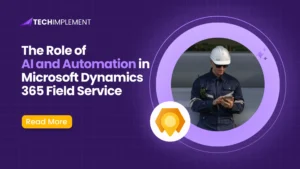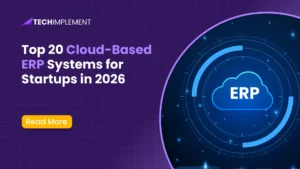The Biggest CRM Problem Nonprofits Face in 2025
September 30, 2025 . 5 min readThe Biggest CRM Problem Nonprofits Face in 2025
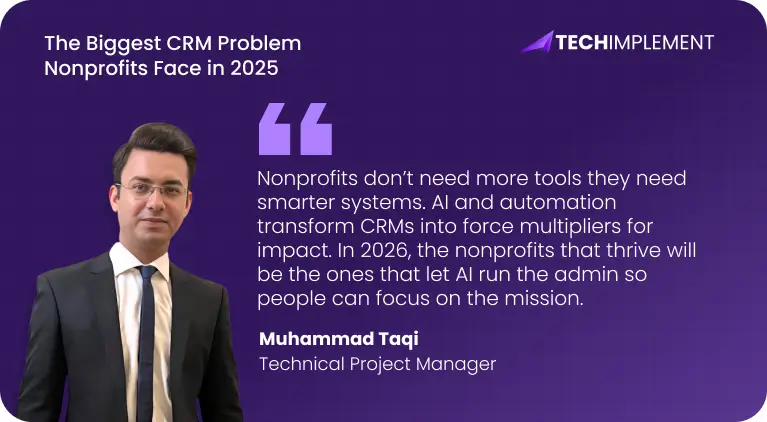
Nonprofits operate with big ambitions but limited resources. Every donor matters. Every hour matters. Every person served matters.
That’s why CRMs should be game-changers — helping organizations build stronger relationships, deliver services faster, and make smarter decisions.
But in 2025, one issue is holding nonprofits back: most organizations aren’t using the AI and automation features already built into their CRMs.
This creates the Automation Deficit — relying on manual labor for repetitive, time-consuming tasks that could be handled instantly and more accurately by technology.
Why This Is a Problem?
Without AI and automation, nonprofits face bottlenecks on both sides of their mission:
- For donors: They receive generic messages that don’t reflect their history or interests. At-risk supporters aren’t flagged in time, so relationships fade. Reporting takes weeks, delaying funding.
- For the people served: Families, children, or communities in crisis wait longer for help as staff manually process requests and update records. Personalized support is often missing.
- For staff: Hours disappear into data entry, spreadsheets, and repetitive admin work instead of strategy and mission delivery.
The result? Staff are busy but not impactful. Donors feel unseen. Communities in need wait longer for support.
The Time Vampire: Loss of Strategic Focus
When CRMs aren’t automated, staff and volunteers become data processors instead of relationship builders and service providers. Valuable hours vanish into:
- Manually updating donor and beneficiary records after events.
- Sorting incoming emails and assigning follow-ups by hand.
- Generating financial reconciliation or case-management reports from scratch.
All of these tasks are necessary, but none of them build relationships or advance mission outcomes.
Why This Issue Is Rising Now
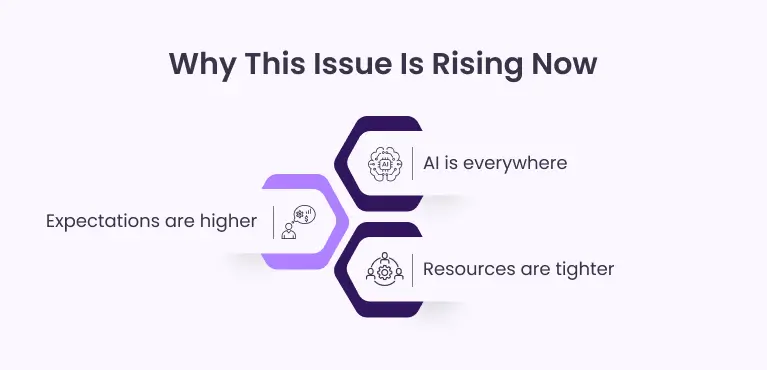
This problem is trending because:
- AI is everywhere
Leading platforms like Salesforce and Microsoft Dynamics already include AI and automation. The tools exist, but nonprofits aren’t using them. - Expectations are higher
Donors expect personalized engagement. Communities expect faster response and tailored care. A “Dear Supporter” email or a delayed intake process doesn’t cut it anymore. - Resources are tighter
Nonprofits are under pressure to do more with less. Automating routine work is one of the fastest ways to stretch limited staff capacity.
The gap between what’s possible and what’s actually happening has never been wider.
What Causes This Gap
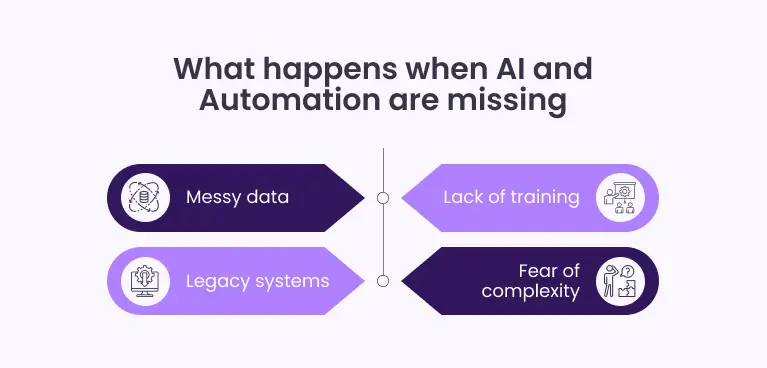
Let’s look at what happens when AI and automation are missing:
- Messy data: CRMs are only as smart as the data inside them. If records are duplicated or scattered across systems, AI can’t work properly.
- Lack of training: Teams aren’t always sure how to set up workflows or use AI features.
- Fear of complexity: Many nonprofits believe AI is “too advanced” or “not for us.”
- Legacy systems: Older CRMs often don’t support modern automation.
The Predictive Blind Spot: Missed Opportunities
AI can analyze past behavior to predict future outcomes. Without it, nonprofits are essentially flying blind.
- For donors: The system can’t identify the 10 supporters most likely to become major givers next quarter. Resources go to broad appeals instead of focused cultivation, reducing ROI.
- For beneficiaries: The system can’t prioritize which cases are most urgent or which families may need follow-up. Staff work reactively instead of proactively.
Predictive insights are the difference between chasing data and acting on it.
Beyond Donors: Serving the People Nonprofits Exist For
AI and automation are as valuable for communities served as they are for fundraising. Whether it’s children in orphan care, families displaced by floods, or refugees rebuilding their lives, technology can transform how nonprofits respond.
Without AI and automation:
- Case delays: Requests for help pile up while staff manually sort and assign cases.
- Slow responses: Families and individuals wait for updates, approvals, or referrals.
- One-size-fits-all communication: People receive generic messages that don’t address their specific needs.
With AI and automation:
- Smart intake: Chatbots and automated forms capture needs instantly and route them to the right staff or program.
- Faster response: CRMs auto-match people to available resources, shelters, or caseworkers.
- Personalized care: AI suggests the right follow-ups — from reminders to resources in local languages.
- Impact tracking: Outcomes (families rehoused, children enrolled, patients supported) are logged consistently, making it easier to demonstrate real results.
Donors fund the mission. But the people you serve are the mission. AI-enabled CRMs ensure both sides feel seen, valued, and supported.
Building AI Models for Nonprofit CRMs
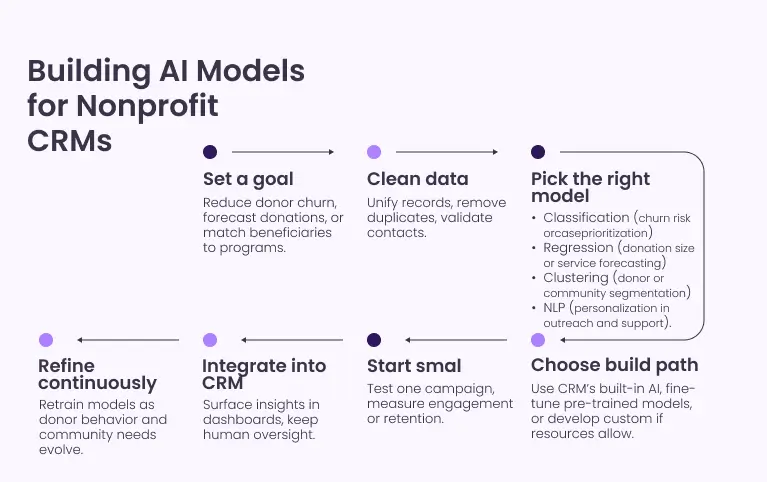
AI works best when it’s goal-driven and tailored. A practical roadmap looks like this:
- Set a goal:
Reduce donor churn, forecast donations, or match beneficiaries to programs. - Clean data:
Unify records, remove duplicates, validate contacts. - Pick the right model:
- Classification (churn risk or case prioritization)
- Regression (Donation size or service forecasting)
- Clustering (Donor or community segmentation)
- NLP (Personalization in outreach and support)
- Choose build path:
Use CRM’s built-in AI, fine-tune pre-trained models, or develop custom if resources allow. - Start small:
Test one campaign or service process. - Integrate into CRM:
Surface insights in dashboards with human oversight. -
Refine continuously:
Retrain models as donor behavior and community needs evolve.
Fixing the Automation Deficit: Step by Step
Let’s look at what happens when AI and automation are missing:
- Pick one process: e.g., automated thank-you emails or intake acknowledgments.
- Clean donor and service-user data: Ensure records are accurate and up to date.
- Automate one workflow: Receipts, reminders, or volunteer notifications.
- Add predictive insights: Flag at-risk donors or urgent beneficiary cases.
- Keep human review: Especially for sensitive communication.
- Measure results: Track time saved, engagement, and outcomes.
- Expand gradually: Train staff, document workflows, and scale.
Reallocate Human Hours from Data Processing to Mission Delivery
Lets ConnectedAuthor Insights
Muhammad Taqi is a Technical Project Manager at Tech Implement with 10+ years’ experience delivering Dynamics 365 (CRM & ERP), Azure cloud, IoT, and AI-enabled solutions. He leads cross-functional teams to drive business-aligned digital transformations and led a Dynamics 365 CRM implementation featured in Microsoft’s Customer Success Story. Taqi is passionate about using technology to solve complex business challenges and ensure organizations achieve measurable, long-term impact.
Ready to bring your project to life?
Schedule a Meeting
